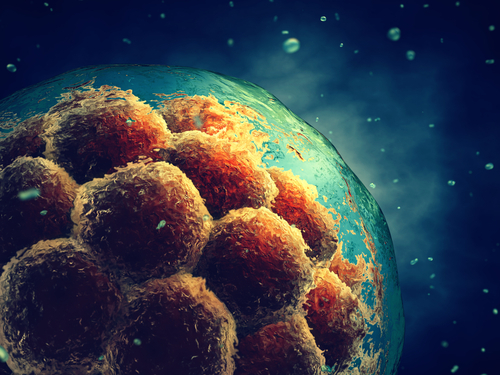Virgin Births
Recently we heard stories about a captive crocodile that had given birth to a baby despite never coming into contact with a male crocodile to create a viable fertilized embryo. Although the baby was stillborn, it shared virtually all DNA with the mother, confirming its single parent origin. Could this be part of a new phase of evolution in the animal kingdom – in order to survive, even in captivity, could they adapt to still produce the next generation without the normal reproductive processes? I suppose, only time will tell if we eventually hear of a successful virgin birth.
Never to be outdone – humans are at it too!!! While the process of fertilization of a viable human egg with a donor’s sperm outside of the human body has been used for several years, it still requires a mother and a father, as well as implantation of the fertilized egg inside the mother to enable it to grow and survive. However, things are beginning to change.

A group of scientists have used stem cells to create a completely synthetic human embryo without an egg, and without sperm. These fabricated embryos are in the very early stages of development so it’s unknown how far they could continue to viably grow or whether they would even reach a “birth” stage. At present they have not been allowed to develop sufficiently to form a brain or heart. Scientists have agreed not to allow the embryos to grow beyond 14 days, but it’s clearly a step towards something new and different for the human race.
The purpose of this research and experimentation is to help study genetic disorders as well as the causes of miscarriages.
“Our human model is the first three-lineage human embryo model that specifies amnion and germ cells, precursor cells of egg and sperm,” explained team leader Magdalena Zernicka-Goetz, biological engineering professor at the University of Cambridge. “It’s beautiful and created entirely from embryonic stem cells.”

The cells are developed to form a yolk sac, placenta, and embryo. With this type of research being such a sensitive area, Professor Zernicka-Goetz gave some clarity on the synthetic embryo. “I just wish to stress that they are not human embryos. They are embryo models, but they are very exciting because they are very looking similar to human embryos and a very important path towards discovering why so many pregnancies fail, as the majority of the pregnancies fail around the time of the development at which we build these embryo-like structures.”
Previously, Zernicka-Goetz and her team have taken mice stem cells and developed them into early embryos that possess the early growth of a brain and a heart.
There is some confusion on whether or not these synthetic embryos should be governed by the same laws that apply to actual human embryos. Clearly, the creation of synthetic human beings as well as the birth of AI, are huge challenges for the future of mankind.



